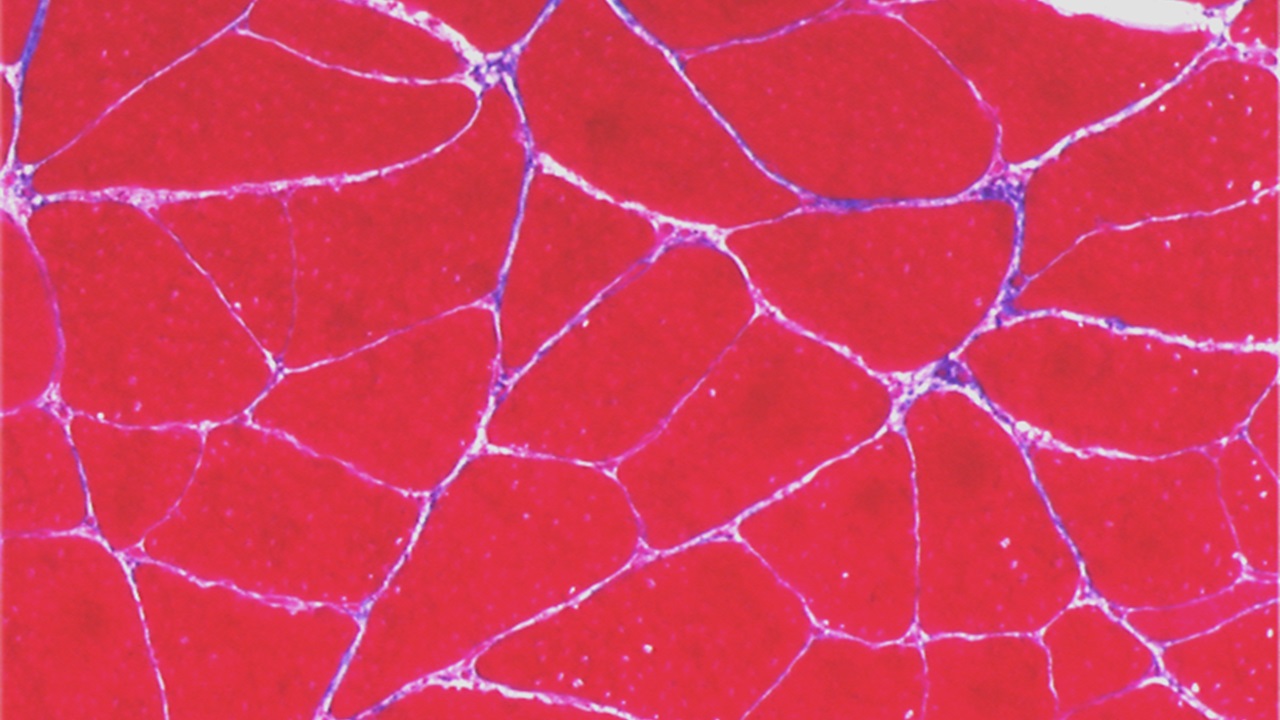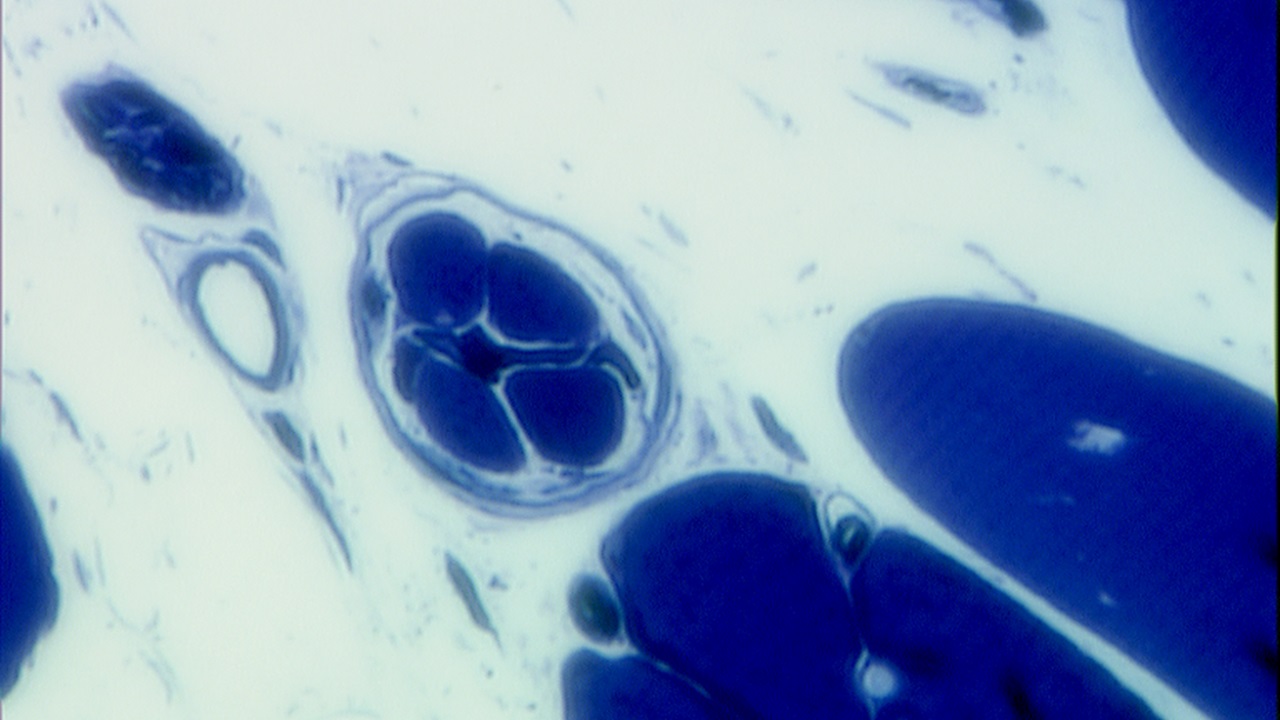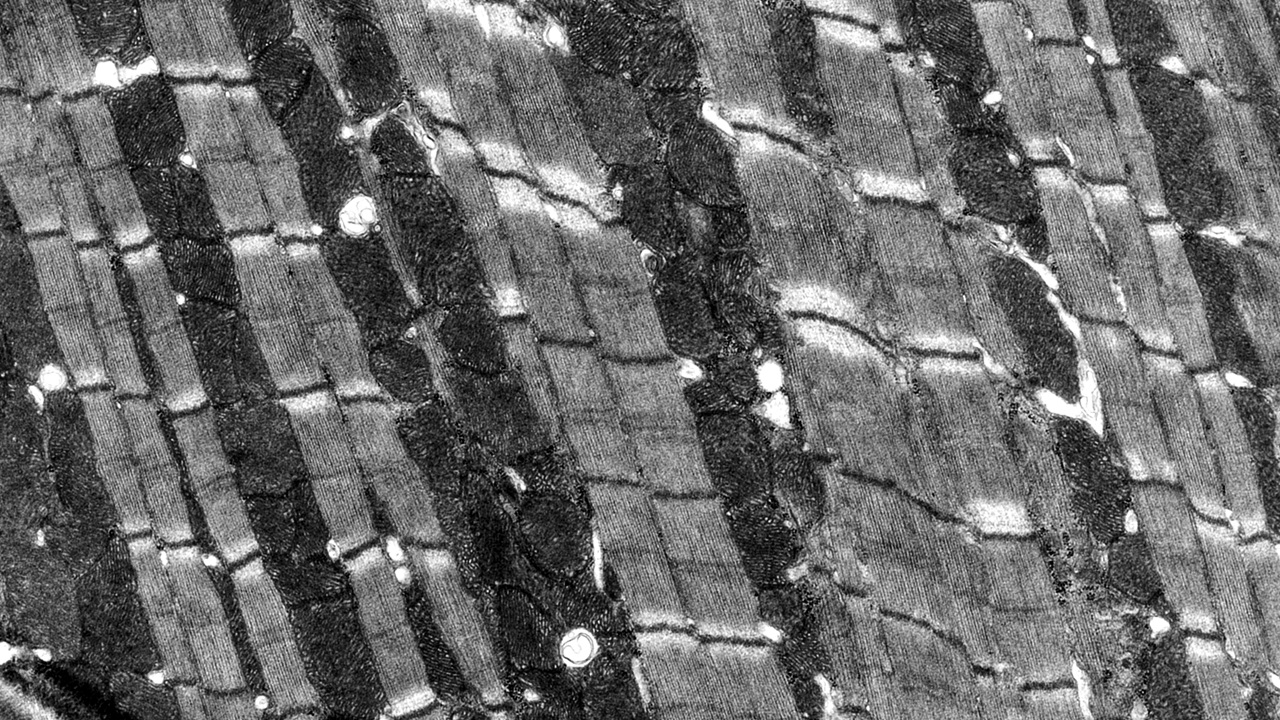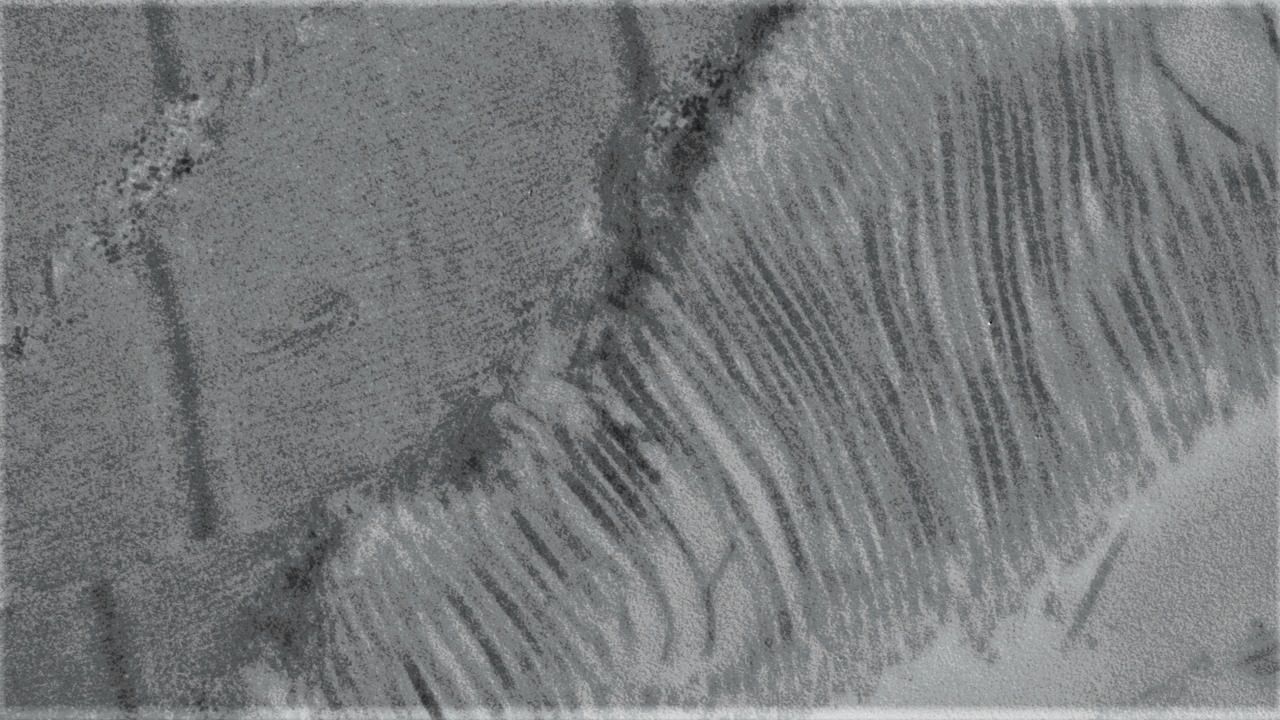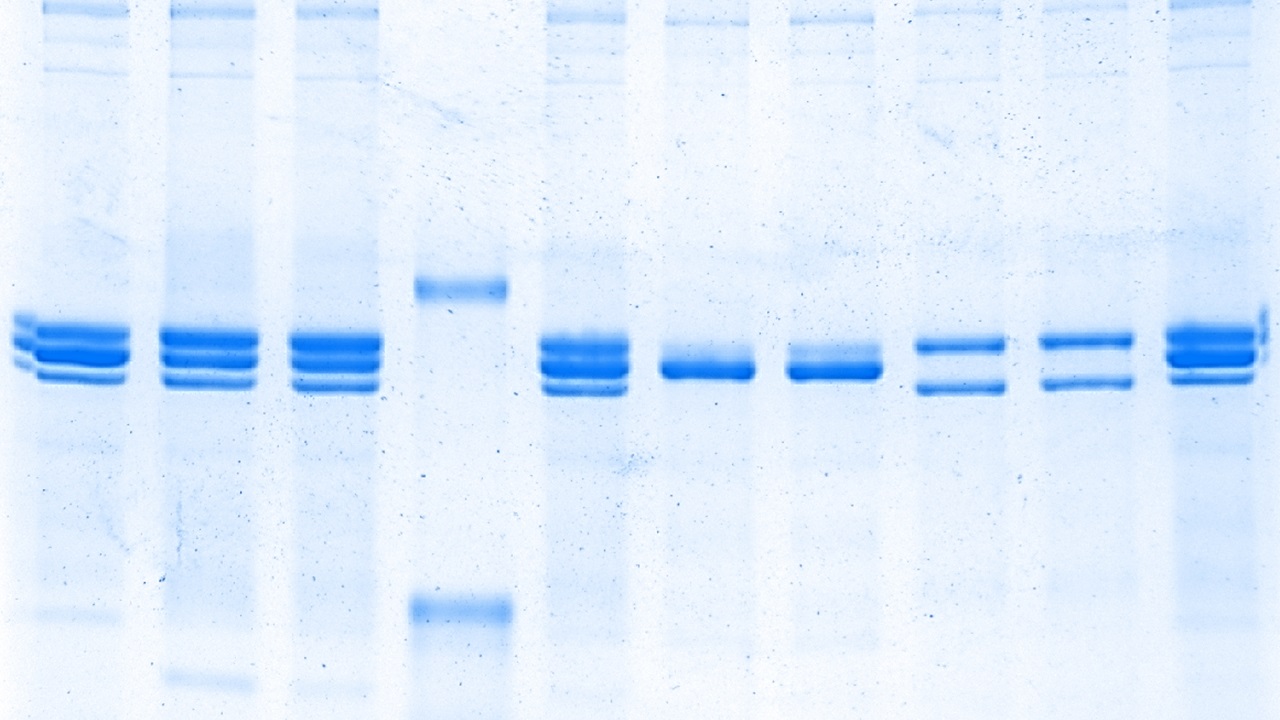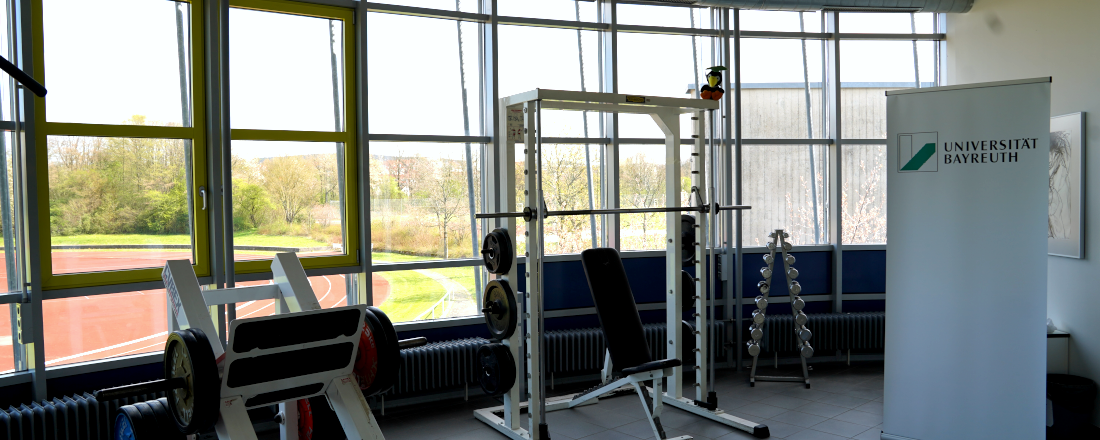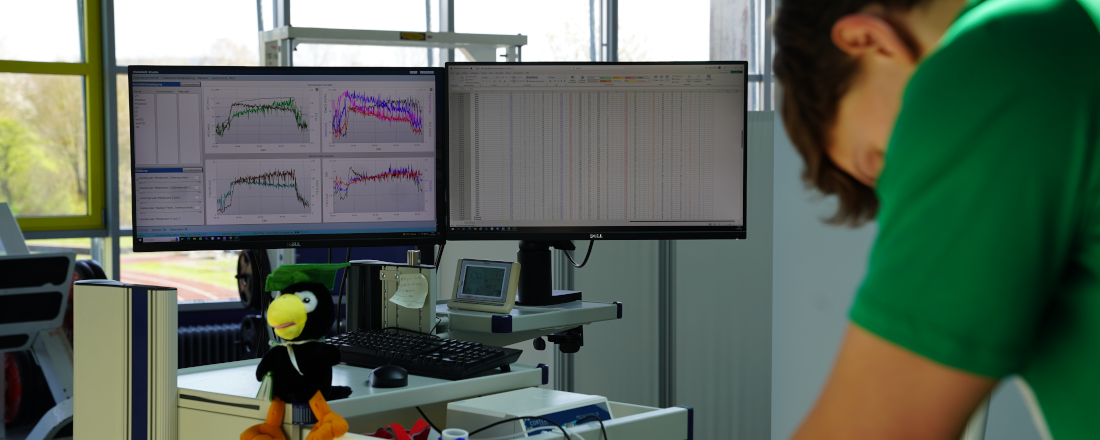Welcome to the Chair of Molecular Muscle and Exercise Physiology
Our laboratory is concerned with the mechanophysiology of striated muscle, with a particular focus on skeletal muscle. Skeletal muscles play an important role in maintaining the health of the human body. In old age or in patients with non-communicable diseases (NCDs) such as tumor diseases, metabolic pathologies or neuromuscular diseases, the functionality of skeletal muscles is impaired, which often exacerbates pathological phenotypes. Furthermore, the functionality of skeletal muscles determines the maintenance and increase of physical performance - an important parameter for all population groups from healthy to sick to old.
Mechanophysiology investigates how mechanical stimuli are translated into biological signals at the cellular and molecular level, a process defined as “mechanotransduction”. Thus, mechanophysiological processes control skeletal muscle metabolism, growth, regeneration and performance - in short, skeletal muscle functionality maladaptively adapts in the absence of mechanical stimuli. In particular, the analysis of mechanophysiological processes focuses on mechanosensitive signaling pathways, the cytoskeletal organization and the mechanical properties of skeletal muscle fibers under physiological and pathological conditions.
The methodological spectrum of our laboratory combines molecular and cell biological investigations with histological analyses and functional experiments in vitro and in vivo (model organisms mouse and human). Using ‘omics’ techniques and imaging methods, we analyze structural and functional adaptations of the target tissue to mechanical stress (e.g. exercise and training), immobilization or disease.
The World Health Organization (WHO) warns that physical inactivity is a major risk factor for NCDs and will affect around 500 million people by 2030. Skeletal muscle plays a central role in this, as it not only provides movement, but also regulates metabolism, activates protein biosynthesis and contributes to blood sugar control, for example. Regular physical activity “strengthens” the skeletal muscles and can therefore reduce – but not dispel – the risk of NCDs.
The overarching goal of our research is to better understand the mechanophysiological principles of skeletal and cardiac muscle tissues in health and disease. In this way, we aim to (i) identify new translational approaches for the prevention and treatment of muscular dysfunctions and contribute to the development of targeted interventions that improve the skeletal muscle performance of patients in the long term and (ii) generate new models for increasing the physical performance capacity of healthy individuals and athletes.

